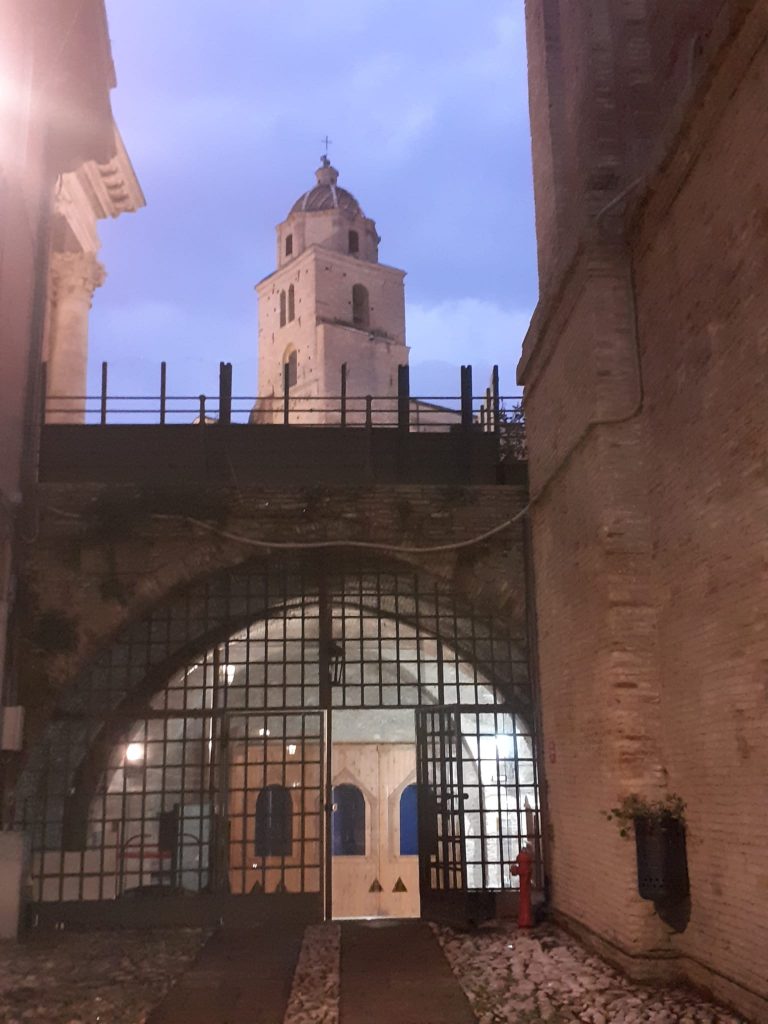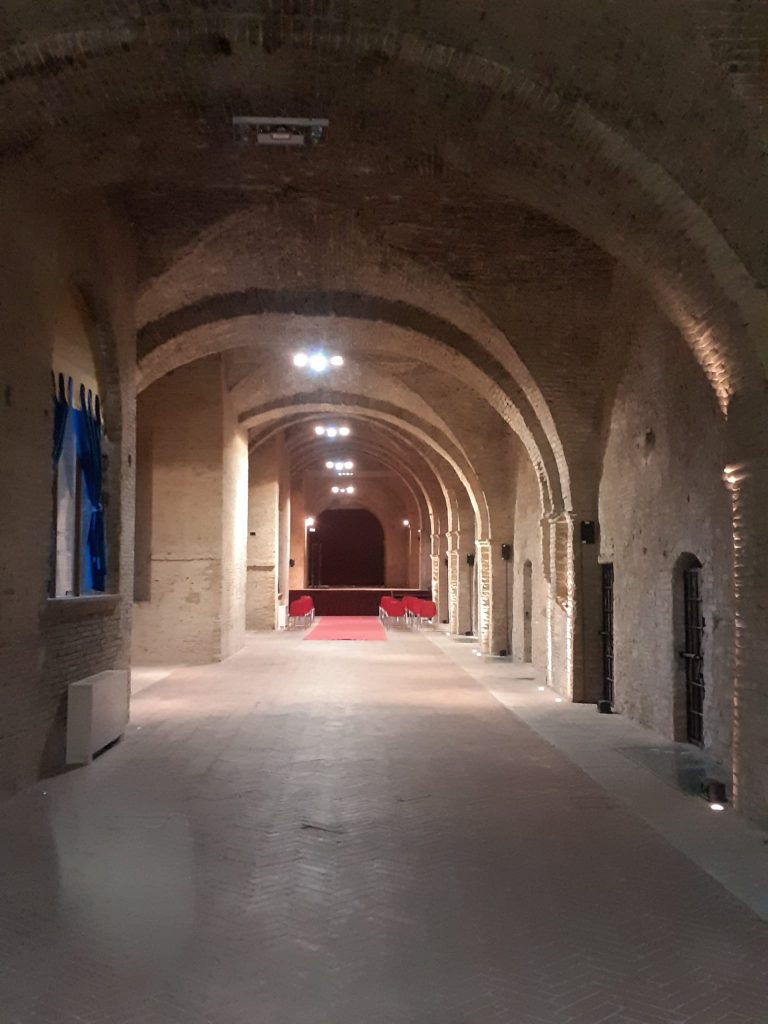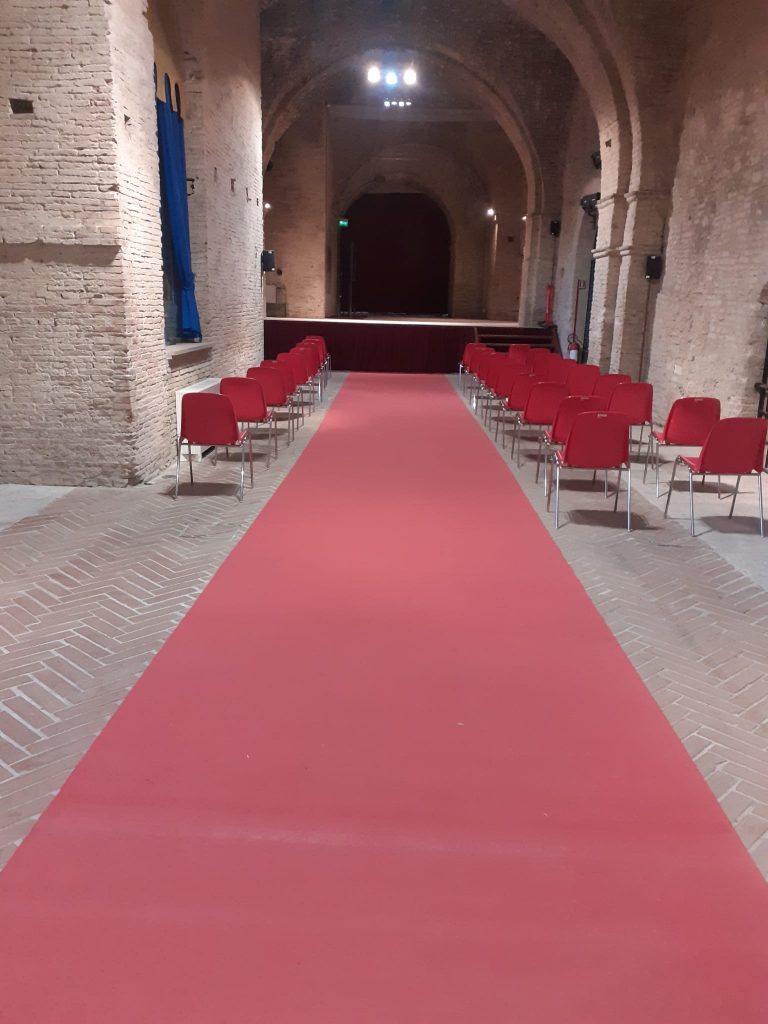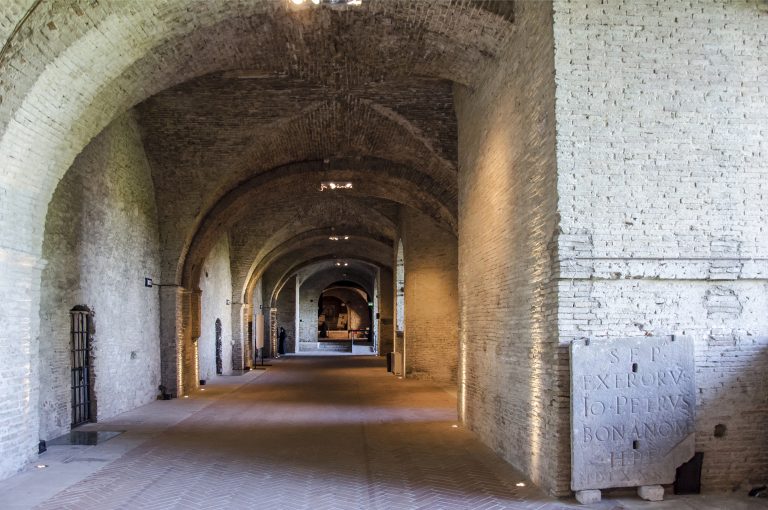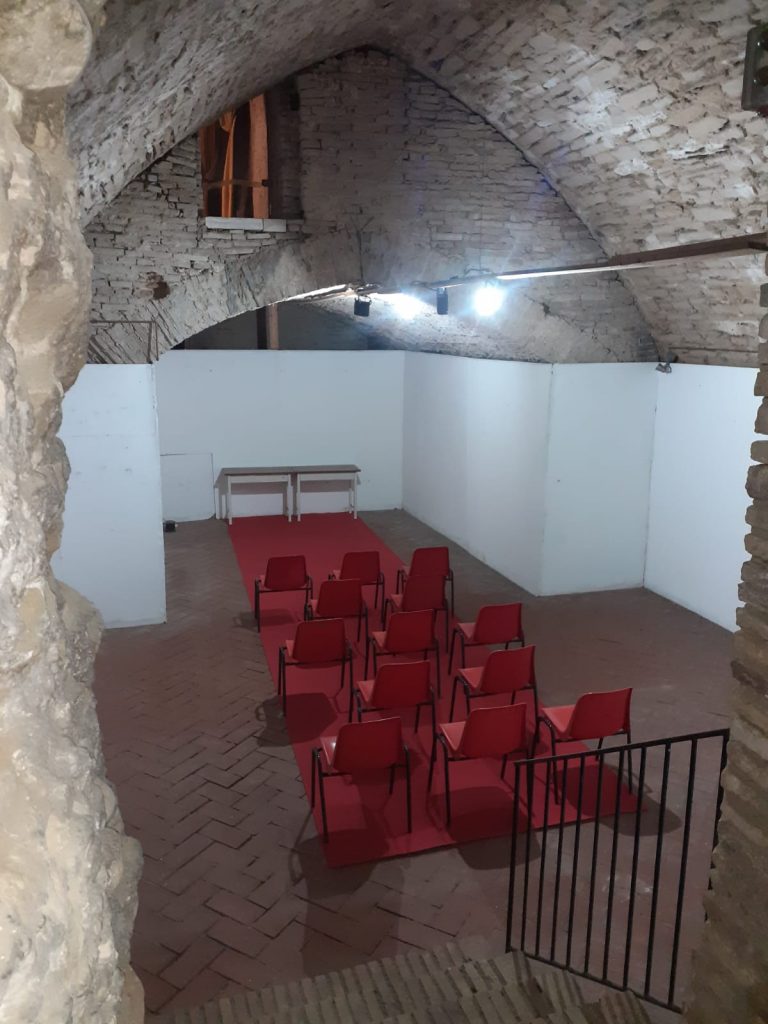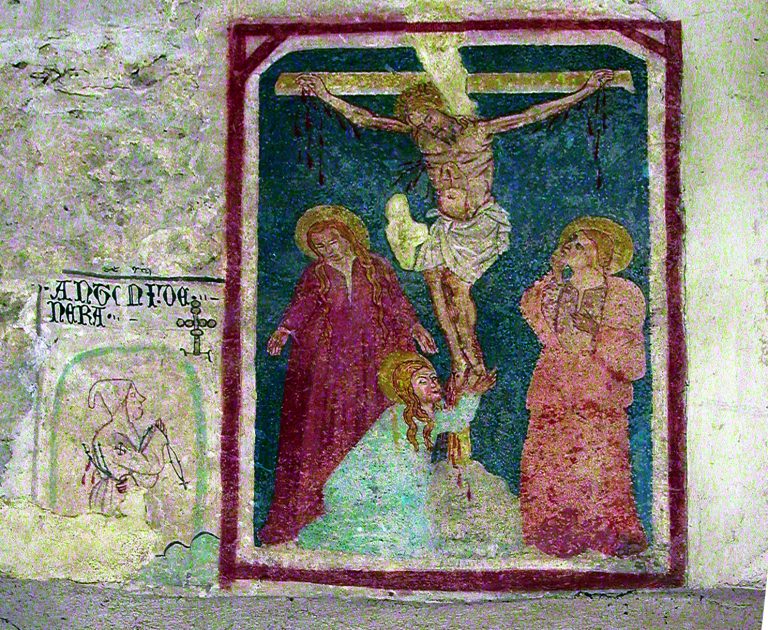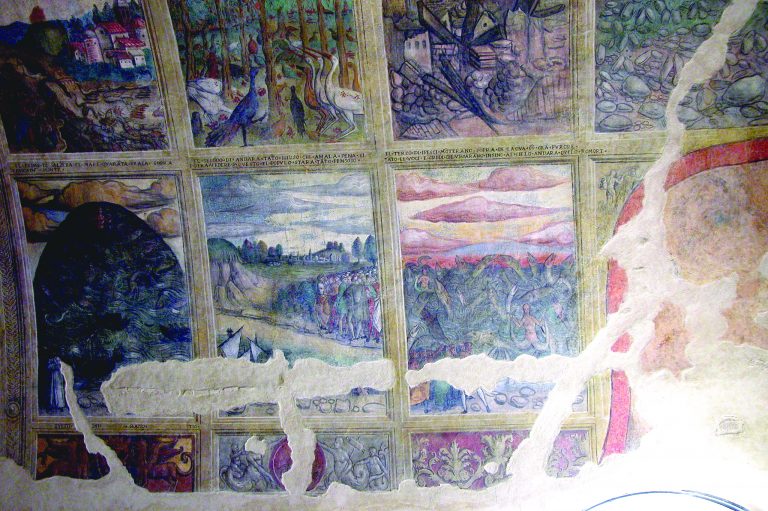The Cathedral of the Madonna del Ponte: history, art, devotion
From the Diocletian bridge to the Sanctuary of the Eucharistic Miracle. The archaeological route
From the Diocletian bridge to the Sanctuary of the Eucharistic Miracle. The archaeological route
MENU
The Archaeological-Monumental Itinerary from the Diocletian Bridge to the Sanctuary of the Eucharistic Miracle opened to the public in the year 2000 is the most important recovery and restoration project that took place in Lanciano in the last century, financed as part of the programs for the “Celebration of the great jubilee of 2000 in locations outside Lazio”.
Archaeological excavations had involved the premises of the sanctuary complex located at the level of the square since 1992, and were then extended in 1993-1994 to the entire square, leading to the open arrangement of a large underground archaeological-monumental area immediately connected to the underground premises of the so-called Diocletian Bridge. Between 1998 and 2000, as part of the large-scale project to renovate the area included in the works for the Celebration of the Great Jubilee of 2000, the previous excavations found a natural completion in the archaeological exploration of the entire subsoil of the Sanctuary and in the connection of the two complexes.
Along the underground path, which winds at a height of about 7 meters below the level of the Piazza, you come across the remains of the Roman level of the head of the ancient bridge. Blocks of squared stone, which still bear the signs of the violent earthquake of 1456, mark the external perimeter of the Church of the Annunziata demolished in 1819. You can walk through the space below the ancient portico between the Cathedral and the Bell Tower. One of the early medieval pits for the conservation of grain that was found in the subsoil of the Piazza is also visible. A long curved corridor leads to the vast area below the Sanctuary of the Eucharistic Miracle which preserves the archaeological traces of a Roman cistern. From this space it is possible to access the area of the ancient Benedictine church and the hall of San Legonziano frescoed between the end of the 15th and the beginning of the 16th century with scenes taken from apocryphal texts of the Apocalypse. In a narrow space you can admire a fresco of the Crucifixion from the 14th century discovered during the restoration work.
The itinerary thus includes in a single path archaeological and monumental remains referable to the various phases of the city and the Sanctuary, from the Roman age to the Middle Ages and the Renaissance, resuming an ancient itinerary that pilgrims had to follow to reach the Sanctuary once they entered the city along the Bridge.
Please , update your browser

